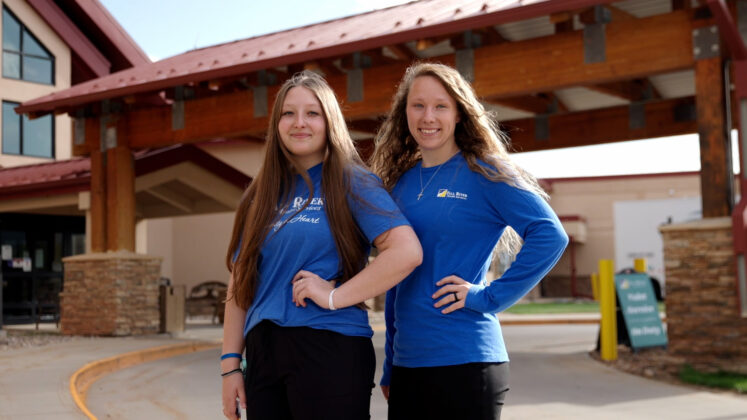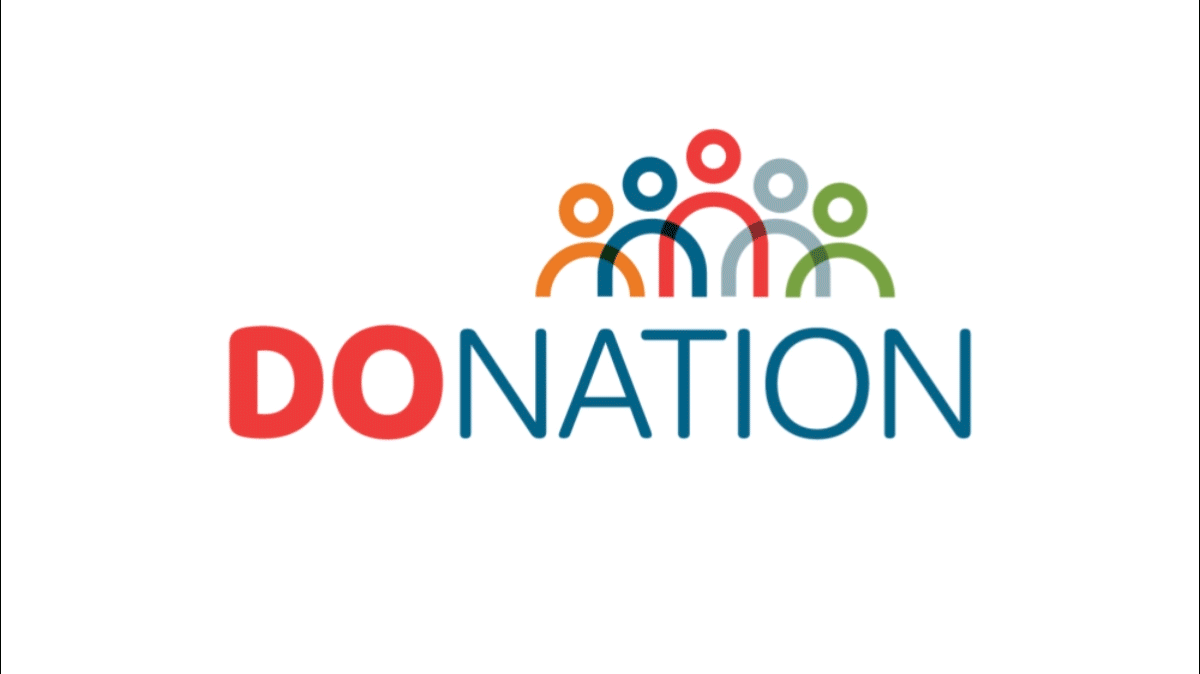The South Dakota Association of Healthcare Organizations (SDAHO) is proud to showcase two sisters both working in health care with Fall River Health Services in Hot Springs, South Dakota in this weeks, Rural Healthcare – Expanding the Workforce Pipeline, video campaign. Kiyana Morton a Certified Nursing Assistant (CNA) and Autumn Bloom (nurse’s aide) share their story and passion for working in health care and what it’s like to work alongside each other.
About the Campaign:
This campaign is part of SDAHO’s broader workforce development grant initiative, designed to help member facilities recruit and retain health care professionals. In 2023, SDAHO received the Rural Network Development Grant from the Health Resources and Services Administration (HRSA), leading to the formation of the South Dakota Rural Workforce Network (SDRWN), a collaboration among health care organizations and community partners across the state.
As part of this initiative, a video series was created featuring SDRWN members. The series highlights real health care professionals in South Dakota, providing valuable insight into their roles, skills, training, and educational journeys.
The campaign specifically targets:
- Second-career individuals
- High school students exploring healthcare careers
Featured Professionals:
At Fall River Health Services, healthcare is more than just a career—it’s a family tradition. Kiyana Morton, CNA, and Autumn Bloom, nurse’s aide, began their healthcare journeys while still in high school, following in the footsteps of their mother who also works in the field.
Kiyana started the CNA program in 2015, looking for direction and inspiration. “I was just trying to figure things out, and my mom worked in healthcare—I wanted to follow in her footsteps,” she shares. Today, Kiyana continues to grow in her role, currently working in the wound care unit where she supports patients through recovery.
Autumn is going down a similar path. Inspired by her mother’s work, she knew from an early age that she was called to help others. “I would come see my mom at work and help with the patients. I really got to know them and knew right away that I wanted to make a difference,” she says. Autumn believes that small gestures can have a big impact. “Many patients just want a little joy in their lives, and I’m thankful to bring that to them.”
For both Kiyana and Autumn, seeing patients heal and progress is the most rewarding part of the job. “I love seeing their progress and when they finally get discharged to go home—it’s emotional and uplifting,” says Kiyana. “Plus, hearing from patients that we’ve made a difference, it’s just amazing.”
Working together has been a bonus. Autumn says having Kiyana by her side has boosted her confidence. “It’s been amazing. It’s helped my comfort level a lot and made trying new things much easier. Our co-workers have also been incredibly supportive and encouraging.”
Looking ahead, both women plan to continue their healthcare careers, inspired by the success and dedication of their mother. They are proof that with passion, support, and a strong foundation, health care can be both a meaningful career and a lasting family legacy.
Full Video featuring Kiyana Morton and Autumn Bloom:
Watch More:
Additional videos can be found on the South Dakota Health Care Workforce Resource Center Webpage at: https://sdworkforce.com/expanding-the-workforce-pipeline/
Throughout June and July 2025, SDAHO will share additional articles and videos showcasing more SDRWN members sharing their own professional health care journey.
To stay updated on video releases, follow campaign efforts or explore tools and resources, visit the South Dakota Health Care Workforce Resource Center Webpage at: sdworkforce.com Or contact: Lindsay Stroman at Lindsay.Stroman@sdaho.org
This project is supported by the Health Resources and Services Administration (HRSA) of the U.S. Department of Health and Human Services (HHS) as part of an award totaling $1,150,097 with 0% percentage financed with non-governmental sources. The contents are those of the author(s) and do not necessarily represent the official views of, nor an endorsement, by HRSA, HHS, or the U.S. Government. For more information, please visit HRSA.gov.




